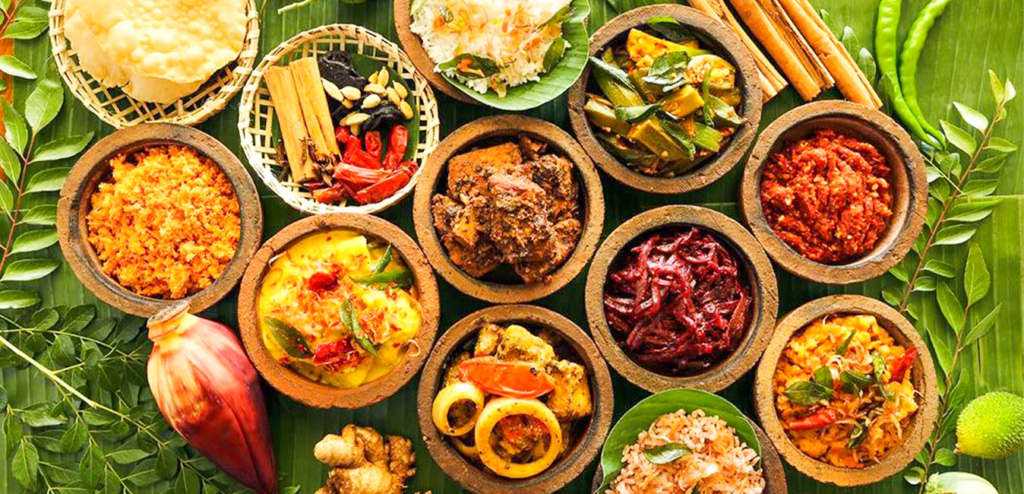
In a world where borders blur and cultures intermingle, culinary delights offer a passport to the diverse flavors that define our globe. This journey into the world of global cuisines promises an exploration of exquisite tastes, cooking techniques, and the cultural tapestry that influences what we savor on our plates.
I. Introduction
A. Definition of Culinary Delights
Culinary delights encompass the vast array of flavors, dishes, and cooking traditions found across the globe. It’s a celebration of the art and science of food preparation.
B. Importance of Exploring Global Flavors
Venturing beyond familiar cuisines allows us to appreciate the richness of culinary diversity. It broadens our palate, introduces us to new ingredients, and provides insight into the cultural significance of different dishes.
II. The Art of Cooking Around the World
A. Diverse Culinary Traditions
1. European Cuisine
European culinary traditions vary from the hearty flavors of Italian pasta to the delicate intricacies of French pastries. Each region boasts a unique culinary identity.
2. Asian Culinary Wonders
From the umami-laden dishes of Japan to the fiery spices of Thailand, Asia’s culinary landscape is a treasure trove of bold flavors and inventive techniques.
3. Richness of African Flavors
African cuisine showcases a symphony of flavors, with diverse dishes reflecting the continent’s history, geography, and cultural diversity.
4. Latin American Gastronomy
Latin American cuisine, with its vibrant colors and bold spices, is a fusion of indigenous flavors and influences from Spanish, African, and Indigenous cultures.
III. Popular Global Ingredients
A. Spices and Herbs
1. Exploring Unique Spice Blends
Global cuisines often feature spice blends that elevate dishes, such as the complex mixtures in Indian curry or the aromatic profiles of Middle Eastern spices.
2. Herbs That Transform Dishes
Herbs like cilantro, basil, and mint play a pivotal role in enhancing flavors, offering a fresh and aromatic dimension to various dishes.
B. Unique Vegetables and Fruits
1. Lesser-Known Ingredients
Discovering and incorporating lesser-known vegetables and fruits adds a unique twist to culinary creations, introducing exciting textures and flavors.
2. Incorporating Exotic Produce
From dragon fruit in Asia to yams in Africa, experimenting with exotic produce brings a global touch to the kitchen.
IV. Fusion Cuisine: A Culinary Adventure
A. Blending Flavors and Techniques
Fusion cuisine is an exciting realm where chefs experiment with combining elements from different culinary traditions, resulting in innovative and delicious creations.
B. Iconic Fusion Dishes
Examples like sushi burritos or kimchi tacos demonstrate the creativity that arises when diverse culinary worlds collide.
V. The Role of Cultural Influences
A. Impact of History on Culinary Traditions
Understanding the historical context behind dishes reveals the stories, traditions, and cultural exchanges that have shaped global cuisines.
B. Modern Culinary Trends
Contemporary culinary trends often bridge traditional techniques with modern innovation, offering a dynamic and ever-evolving landscape.
VI. Exploring Street Food Delights
A. Street Food as a Culinary Experience
Street food provides a direct link to the heart of local cuisine, offering an authentic and affordable way to savor the flavors of a region.
B. Must-Try Street Foods Around the World
From falafel in the Middle East to empanadas in South America, exploring street foods unveils the soul of a city’s culinary scene.
VII. Cooking Techniques Across Continents
A. Grilling and BBQ Techniques
Grilling methods vary globally, from the slow-cooked barbecue of the American South to the Yakitori skewers of Japan.
B. Traditional Cooking Methods
Different regions employ unique cooking techniques, such as the tandoor ovens of India or the wok stir-frying of China.
VIII. The Art of Presentation
A. Importance of Aesthetics in Culinary Arts
Presentation is a crucial aspect of global cuisines, with each culture emphasizing the visual appeal of dishes.
B. Plating Techniques from Different Cultures
From intricate Japanese bento boxes to the rustic charm of Italian family-style servings, plating techniques vary widely.
IX. Culinary Tourism
A. Traveling for Food Experiences
Culinary tourism has gained popularity as people seek immersive food experiences, exploring local markets, and indulging in authentic dishes.
